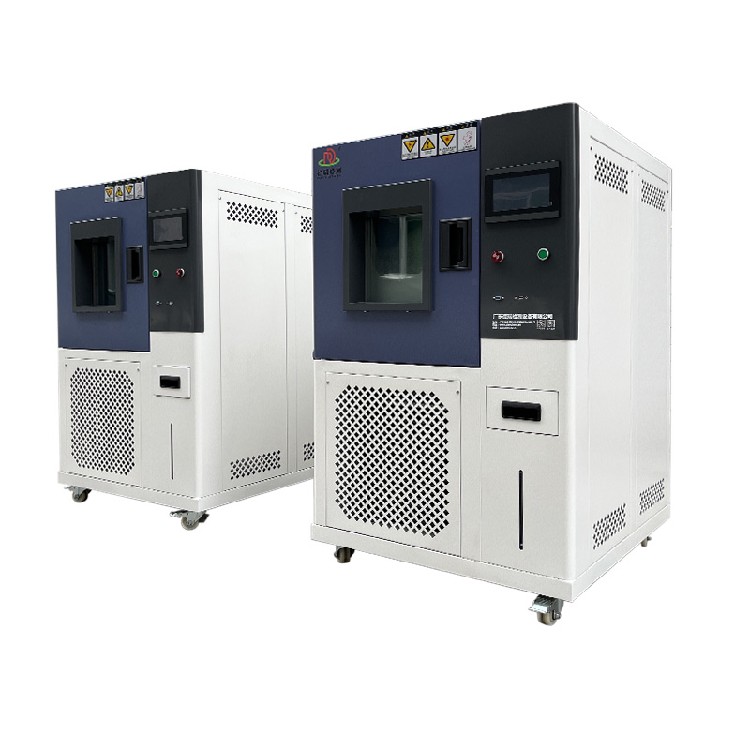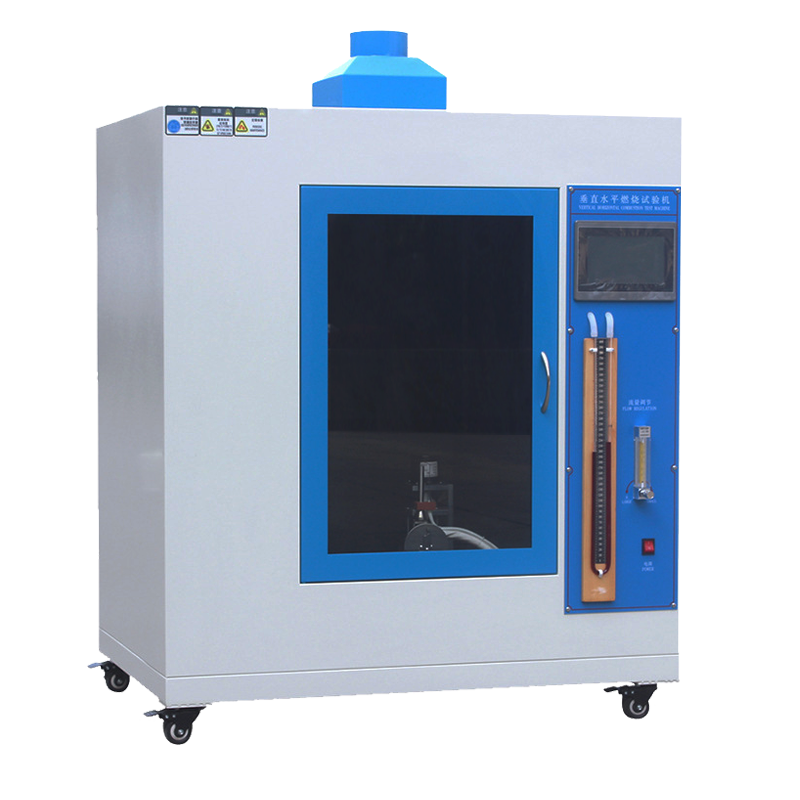Aerospace Humidity & Temperature Test Chamber with MIL-STD Compliance
Product description
| Model | DR-H201-100 | DR-H201-150 | DR-H201-225 | DR-H201-408 | DR-H201-1000 | |
| Internal Dimension (W*H*D) | 400*500*500mm | 500*500*600mm | 500*750*600mm | 600*850*800mm | 1000*1000*800mm | |
| External Dimension (sus Type) (W*H*D) | 950*1400*1100mm | 1100*1500*1100mm | 1100*1670*1200mm | 1200*1770*1400mm | 1550*2100*1400mm | |
| External Dimension (paint Type) (W*H*D) | 700*1400*1100mm | 800*1500*1100mm | 800*1670*1200mm | 900*1770*1400mm | 1550*2100*1400mm | |
| Temperature(℃) | -20/-40/-70 | |||||
| Total Power (KW) | 4.5/4.5/6.5 | 5/5/6.5 | 9.5/9.5/11.6 | 9.5/9.5/11.6 | 17/17/21.5 | |
| Maximum Current (A) | 25/25/32 | 32/32/40 | 25/32/40 | 32 | 50/50/60 | |
| Voltage (A) | Sigle Phase 220V | Three Phase 380V | ||||
| Performane | Temp.& Humi. Adjust Way | Balanced temperature and humidity control (BTHC) PID intelligent adjustment | ||||
| Temperature Range | -20℃,-40℃,-70℃~150℃ | |||||
| Temperature Accuracy | 0.01℃ | |||||
| Temperature Tolerance | ≤±1.0℃或±2.0℃ | |||||
| Temperature Fluctuations | ≤±0.5℃ (without load and temperature stable) | |||||
| Temperature Uniformity | ≤1.5℃ (without loading), 50mm≤SENSOR | |||||
| Humidity Range | 20%-98%RH | |||||
| Humidity Accuracy | 0.1%RH | |||||
| Humidity Tolerance | 1 、≥75%RH:≤±3%RH ;2 、≤75%RH :≤±6%RH | |||||
| Humidity Fluctuations | ≤±2.5%RH | |||||
| Heating Rate | 3℃/min in average | |||||
| Cooling Rate | 1℃/min in average | |||||
| Regulator | Cooling Method | Single stage compression, two stage compression | ||||
| Refrigerator | Hermertically Sealed France Tecumseh Compressor or Semi-hermetic BOcK Compressor | |||||
| Cooling Method | Air-cooled | |||||
| Controller | Operation Panel | Programmable LCD Touch Screen | ||||
| Running Mode | Fix Running, Pattern Running | |||||
| Program Memory Capacity | 120 Group Programmable, Max 100 Section Each | |||||
| Output | Rs-232 (USB,Optional) | |||||
| Water Sup | Water Supply | Circulating Water | ||||
| Water Tank Capacity | Chamber Internal Capacity < 800L: 25L X 1pc | |||||
| Chamber Internal Capacity > 800L: 25LX 2pc | ||||||
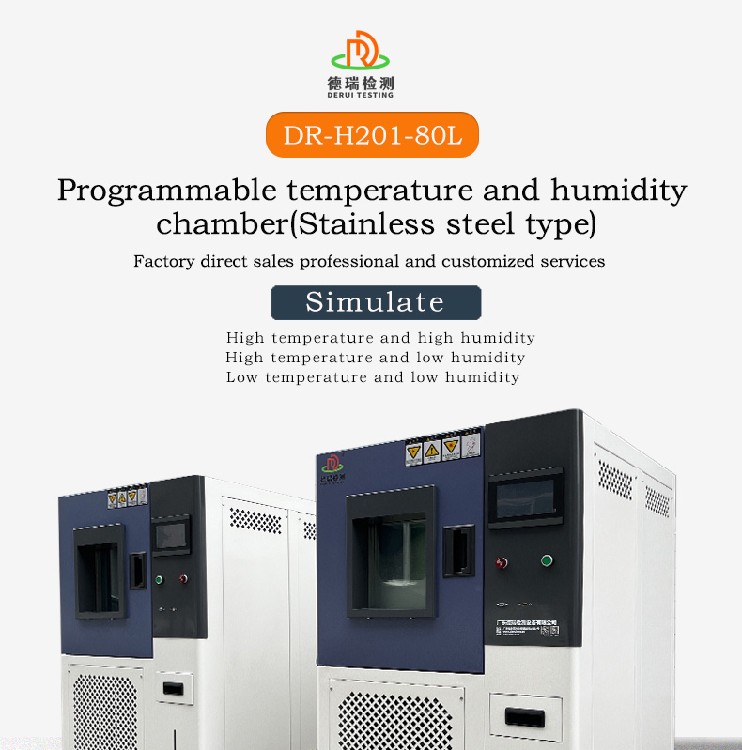
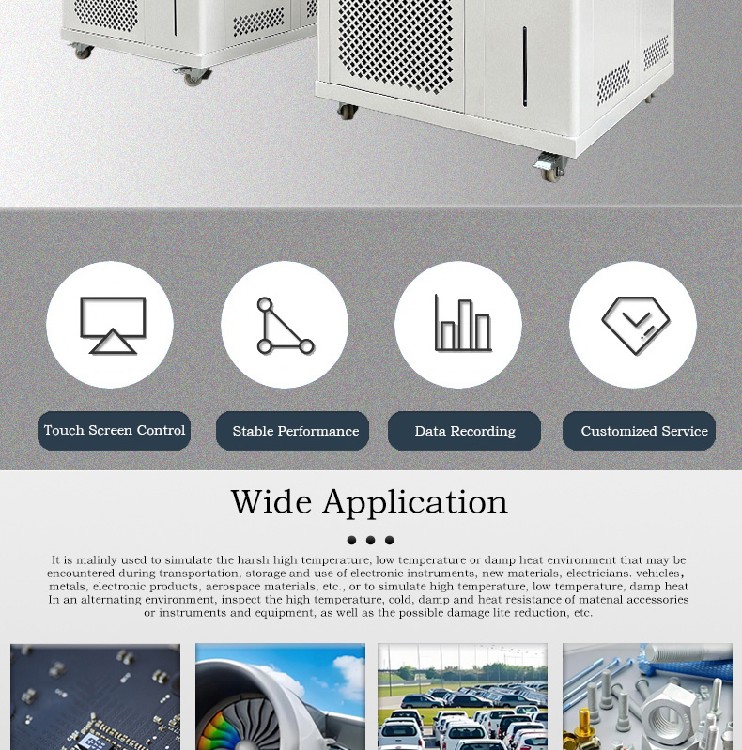

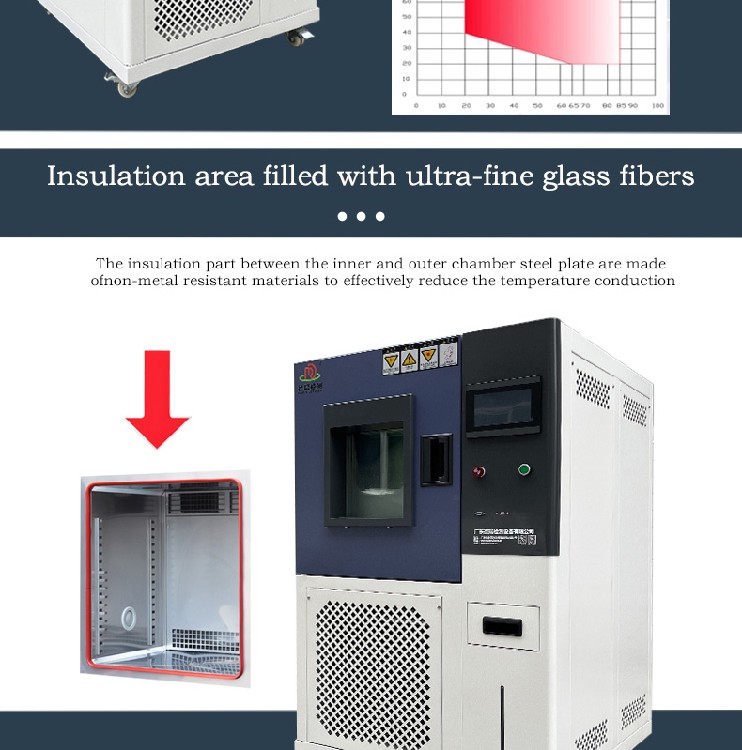
Aerospace Humidity & Temperature Test Chamber with MIL-STD Compliance
In the highly demanding and safety-critical field of aerospace engineering, ensuring the reliability and performance of components and systems under various environmental conditions is of utmost importance. An aerospace humidity & temperature test chamber with MIL-STD compliance emerges as a crucial tool in this regard, providing a controlled environment to rigorously test aerospace equipment and materials.
Understanding the Significance of Aerospace Humidity & Temperature Testing
1. Harsh Operational Environments
Aerospace vehicles operate in extremely challenging environments, where temperature extremes and humidity variations can have a profound impact on their performance and longevity. From the scorching heat of the sun-exposed surfaces during space missions to the sub-zero temperatures in the upper atmosphere and the high humidity levels encountered in tropical regions, aerospace components must be able to withstand these diverse conditions without compromising functionality.
2. Ensuring Safety and Reliability
The consequences of component failure in aerospace applications can be catastrophic. Therefore, it is essential to subject aerospace equipment to comprehensive testing to identify potential weaknesses and ensure their reliability under all expected operating conditions. Humidity and temperature testing plays a vital role in this process, helping to detect issues such as material degradation, electrical malfunctions, and structural deformations that could occur in real-world scenarios.
Key Features of an Aerospace Humidity & Temperature Test Chamber with MIL-STD Compliance
1. Precise Environmental Control
• Temperature Range and Accuracy: These chambers are designed to provide a wide temperature range, typically spanning from extremely low temperatures (such as -70°C or lower) to high temperatures (up to 200°C or more). The advanced heating and cooling systems ensure precise temperature control within a tight tolerance, often within ±0.5°C or better, to accurately simulate the diverse thermal conditions encountered in aerospace applications.
• Humidity Control: Maintaining accurate humidity levels is equally important. The chambers can precisely regulate relative humidity (RH) from very low values (e.g., 5% RH) to high levels (up to 98% RH or more). This allows for the simulation of different moisture conditions, including arid desert environments and humid tropical climates. The humidity control system employs state-of-the-art technologies such as steam generators, dehumidifiers, and precise moisture sensors to achieve and maintain the desired humidity levels with high accuracy.
2. MIL-STD Compliance
• Adherence to Standards: Compliance with MIL-STD ( Standards) is a critical requirement for aerospace testing equipment. These standards define the specific requirements and procedures for testing aerospace components and systems to ensure their suitability for applications. An aerospace humidity & temperature test chamber with MIL-STD compliance has been designed and tested to meet these rigorous standards, ensuring that the test results are reliable and comparable across different laboratories and organizations.
• Documentation and Traceability: MIL-STD compliance also involves strict documentation and traceability requirements. The test chamber is equipped with comprehensive data logging capabilities, allowing for the detailed recording of all test parameters, including temperature, humidity, and exposure times. This data can be easily retrieved and analyzed, providing a clear audit trail for quality control and regulatory purposes.
3. Uniform Air Circulation and Environmental Uniformity
• Optimized Airflow Design: To ensure uniform environmental conditions throughout the chamber, an aerospace humidity & temperature test chamber is designed with an optimized airflow system. This includes strategically placed fans and air ducts that create a consistent and uniform flow of air, eliminating temperature and humidity gradients within the chamber. This uniformity is crucial for accurate testing, as it ensures that all samples are exposed to the same environmental conditions.
• Calibration and Verification: Regular calibration and verification of the chamber's environmental parameters are essential to maintain its accuracy and reliability. The chamber is equipped with calibration ports and reference sensors, allowing for easy calibration using certified standards. Additionally, periodic verification procedures are carried out to ensure that the chamber continues to meet the required MIL-STD specifications.
4. Robust Construction and Durability
• High-Quality Materials: Given the demanding nature of aerospace testing, the chamber is constructed using high-quality, corrosion-resistant materials that can withstand the rigors of continuous operation in harsh environments. The chamber's interior and exterior surfaces are treated to prevent corrosion and degradation, ensuring a long service life.
• Structural Integrity: The chamber's design also takes into account the need for structural integrity during high-temperature and high-humidity operations. Reinforced frames, sealed joints, and proper ventilation systems are incorporated to prevent any potential leaks or structural failures that could compromise the test results or pose a safety hazard.
Applications of Aerospace Humidity & Temperature Test Chambers with MIL-STD Compliance
1. Component Testing
• Electronics and Avionics: Aerospace electronics and avionics systems are highly sensitive to environmental conditions. These chambers are used to test the reliability and performance of electronic components, such as circuit boards, sensors, and connectors, under different temperature and humidity conditions. This helps to identify potential issues such as corrosion, electrical leakage, and signal degradation, ensuring the proper functioning of critical avionics systems.
• Materials and Structural Components: Aerospace materials, including metals, composites, and coatings, are subjected to extensive testing in these chambers. By simulating the actual operating conditions, manufacturers can evaluate the material's resistance to corrosion, fatigue, and other forms of degradation. Structural components, such as wings, fuselage sections, and landing gear, can also be tested to ensure their integrity and durability under various environmental stresses.
2. System-Level Testing
• Integrated Avionics Systems: In addition to component testing, aerospace humidity & temperature test chambers are used for system-level testing of integrated avionics systems. This involves testing the entire system, including hardware, software, and communication interfaces, under realistic environmental conditions. By doing so, engineers can identify any potential compatibility issues or system-level failures that may occur during actual flight operations.
• Life Support Systems: For manned space missions and high-altitude aircraft, life support systems play a crucial role in ensuring the safety and well-being of the crew. These chambers are used to test the performance of life support systems, such as oxygen generation, temperature control, and humidity regulation, under simulated space or flight conditions. This helps to ensure the reliability and functionality of these critical systems during long-duration missions.
Benefits of Using an Aerospace Humidity & Temperature Test Chamber with MIL-STD Compliance
1. Improved Product Quality and Reliability
By subjecting aerospace components and systems to rigorous humidity and temperature testing in a MIL-STD compliant chamber, manufacturers can identify and address potential issues early in the development process. This leads to improved product quality and reliability, reducing the risk of failures during actual operations and ensuring the safety of both crew and passengers.
2. Compliance with Regulatory Requirements
In the aerospace industry, compliance with regulatory requirements is essential for obtaining certifications and approvals. An aerospace humidity & temperature test chamber with MIL-STD compliance ensures that the testing procedures and results meet the necessary standards, facilitating the smooth approval process and enabling the entry of products into the market.
3. Cost Savings and Risk Mitigation
Identifying and resolving potential issues during the testing phase can significantly reduce the cost of product development and field failures. By conducting comprehensive environmental testing in a reliable and accurate chamber, manufacturers can avoid costly redesigns, rework, and warranty claims, ultimately leading to cost savings and risk mitigation.
In conclusion, an aerospace humidity & temperature test chamber with MIL-STD compliance is an indispensable tool in the aerospace industry. It enables accurate and reliable testing of aerospace components and systems under realistic environmental conditions, ensuring their quality, reliability, and compliance with regulatory requirements. With its advanced features and robust construction, this type of chamber plays a vital role in the development and success of aerospace projects, contributing to the advancement of space exploration and aviation technology.
Recommended products


